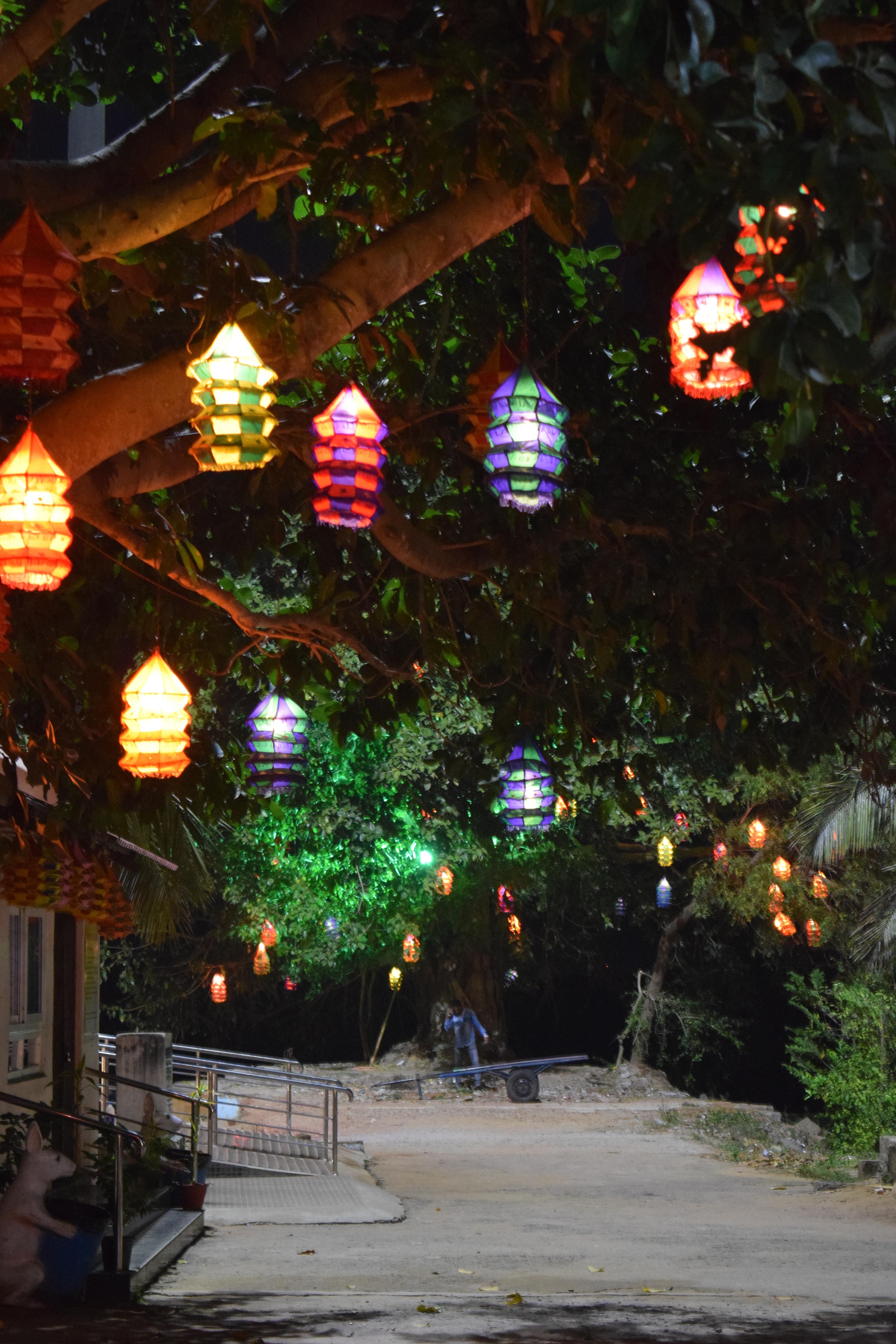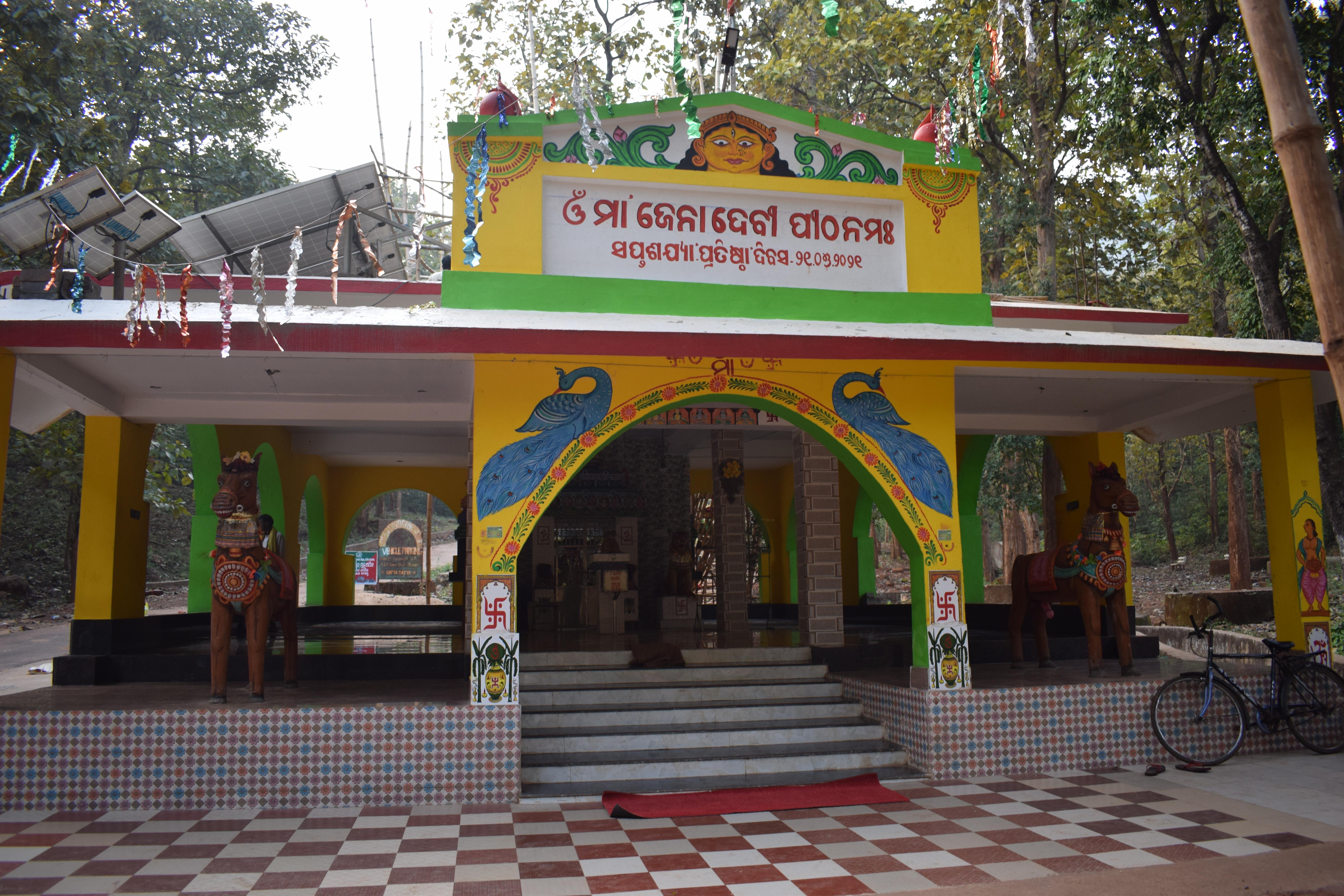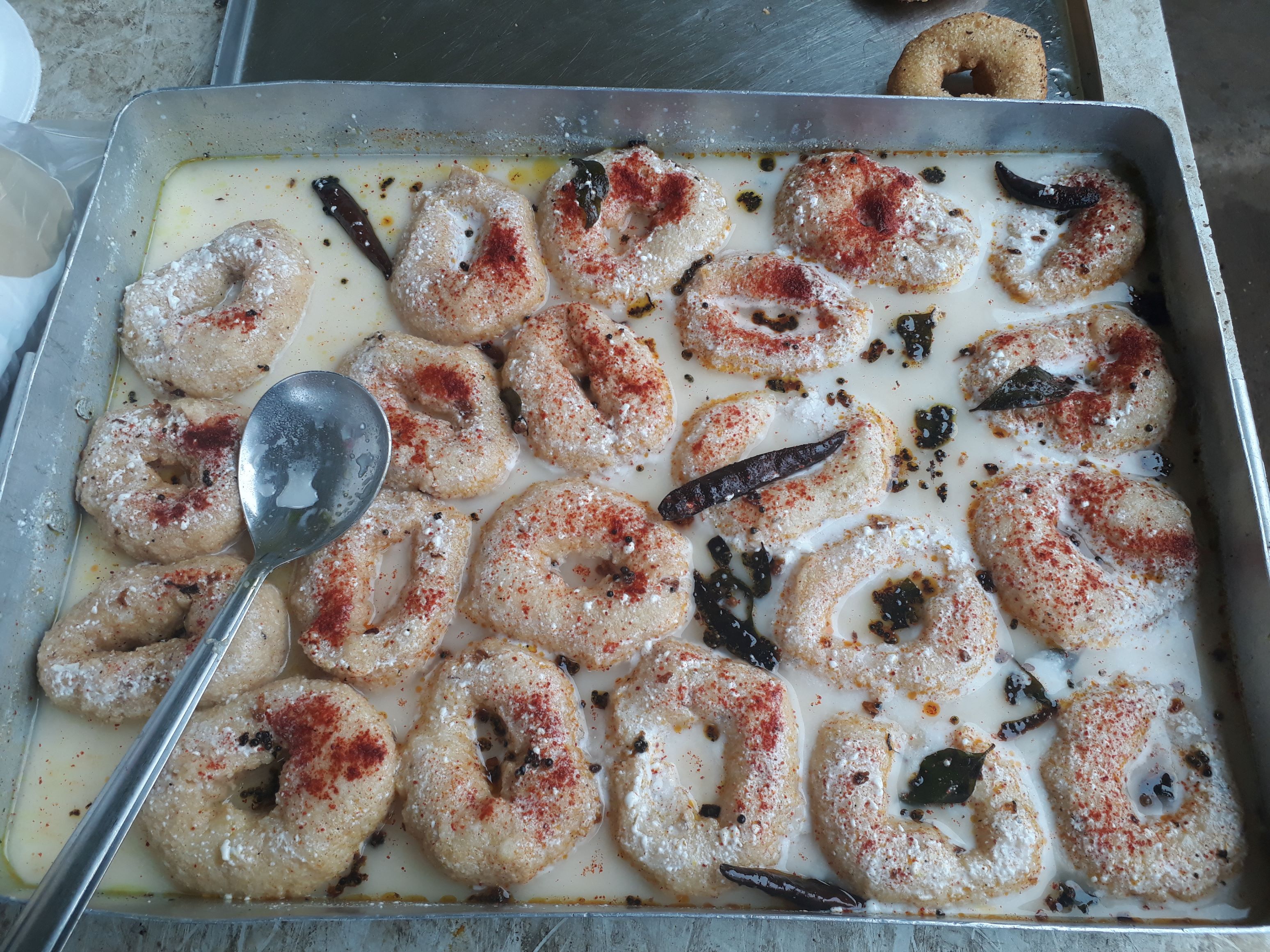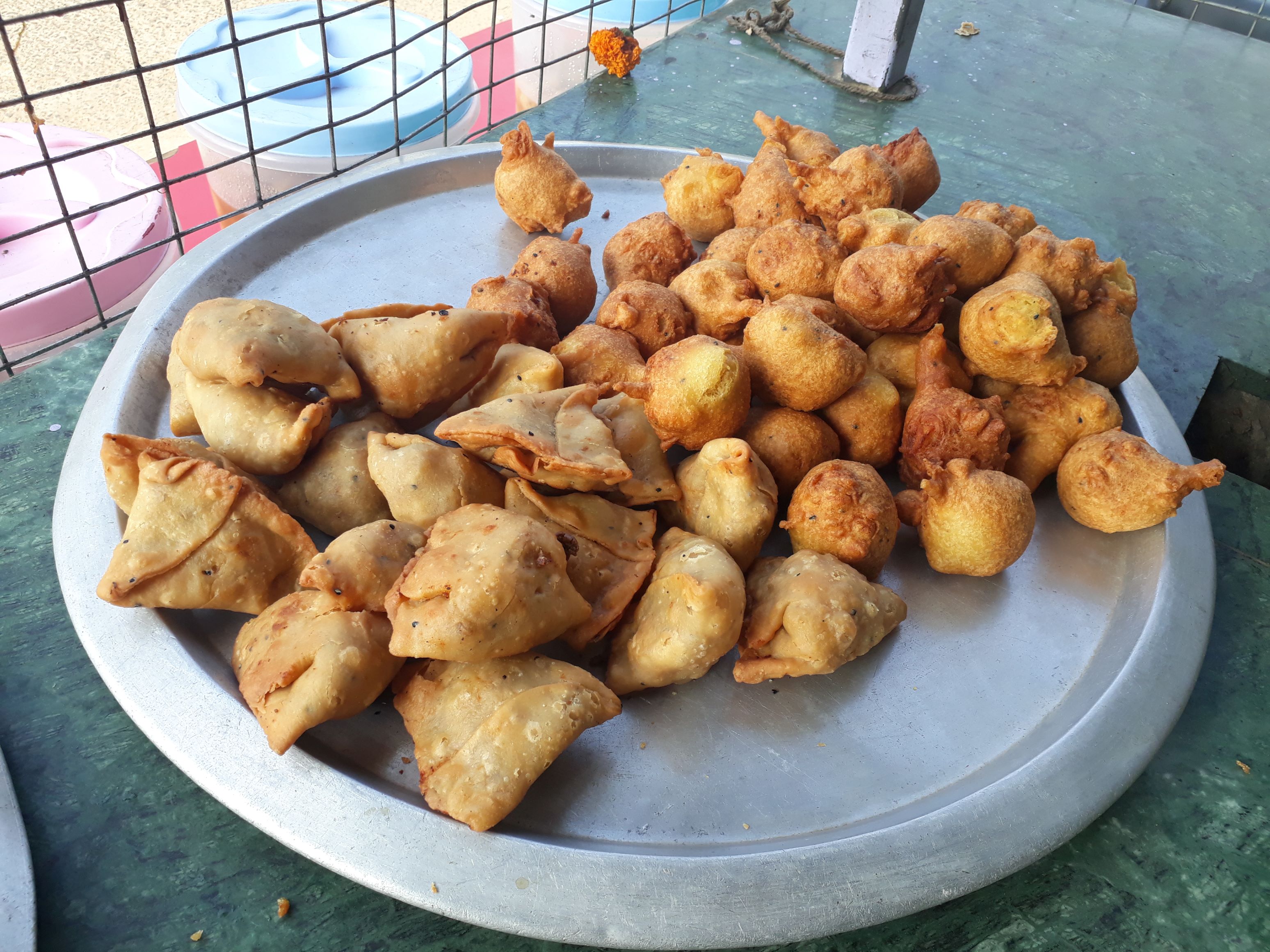Dive into vibrant Cuttack with its iconic Silver City Boat Club, nighttime cruise and a floating restaurant. Explore Dhenkanal’s verdant hills and ancient temples like Saptasajaya. Visit the historic Aul Palace, a charming heritage stay on the riverbanks.
Circa 2022, I landed in Bhubaneswar on a beautiful February morning, commissioned for a guide book on offbeat Odisha. Needless to say, I looked forward to this solo trip. My driver was to be my guide. But life isn’t that simple.
The driver was as much at sea as I was about the week-long drives that we were to take across the coastal belt. He didn’t even have a GPS-enabled phone. Both of us didn’t know the state, talk about the blind leading the blind.
According to the plan given to me, I was to drive straight to Dhenkanal and come back to stay in Cuttack. All plans are meant to be unplanned, so my sleepy, relaxed brain now had to work. I didn’t get to explore a lot, but I did get a new driver who knew the locales and we went everywhere on the list given to me, with some minor mishaps. My trip to Offbeat Odisha went like this:
Night cruise at Silver City Boat Club, Cuttack
Hailed as a Millennium City, Cuttack is ranked among the old cities of India. Habited for over 1,000 years, it was formerly the capital of Odisha and a flourishing centre for maritime trade. Located between the Mahanadi and Kathajodi rivers, it is also called Abhinab Baranasi (a new type of Baranas).




Among the swanky attractions in this heritage city is the Silver City Boat Club. Operated by Odisha Tourism Development Corporation (OTDC), the club is a popular venue to enjoy water sports and recreation along the Mahanadi River.
Tourists and guests can revel in day cruises, ride in speed boats, jet skis, banana boats, inflatable boats, pedal boats, water scooters, and go kayaking, canoeing. Scuba diving is on the anvil too. Added to these is a floating restaurant, which offers an exhilarating experience of dining like a star in the river.
The club operates a bar and a restaurant. And guests can place their order while a boat transports them to the restaurant. The meals are also transported via boat. It is important to wear a life jacket and trained life guards accompany the guests. I enjoyed a spin in the dark in the river, with twinkling city lights in the distance.
The floating restaurant is popular with groups for celebrations. Advance bookings are preferable. A dinner here is quite an exotic affair with twinkling fairy lights adding to the experience. An inverter and solar panels have been installed for lighting up the restaurant.
The boat club facilities include a floating jetty, booking counter, complex for lifeguards, toilet complex, parking space and a park with children’s play area.
Timings: 9am-8pm
Best time to visit: During the Bali Jatra, part of the Boita Bandāna festival, around Kartik Purnima (November). It commemorates the maritime link between Kalinga (old name of Odisha) and the Indonesian islands of Bali, Sumatra.
More attractions: Maritime Museum, Shiva temple at Dhabaleswar (around 27km from Cuttack)
forests and Temples at Dhenkanal
Surrounded by hills and forests, Dhenkanal is home to tigers, elephants and ancient temples. An erstwhile princely state, the green region is named after the last Savara tribal chief Dhenka.
Dhenkanal district is known for its Dokra casting, Bell Metals, Horn works, Straw works, Wood carving, Stone carving, tribal jewellery and silver filigree. Dhenkanal town is the centre of district administration and an easy drive of 50 km from Cuttack.




This district is verdant and given a choice, I would make this a weeklong trip. It’s a quiet retreat. We only got half-a-day here. Luckily in that time, we went to one of the most verdant spots-Saptasajaya. Named after the surrounding seven hills, legend also says that the saptarishi or the seven celestial sages had their ashrams here.
Gurgling spring, tall green trees, playful monkeys, chirping birds, fluttering butterflies mark the path to this temple. The road to the temple begins with Ma Jenadevi’s shrine at the foothills. Around 15 km from Dhenkanal, this is the site where the Pandavas spent their time during their agyata vasa or incognito life.
Dedicated to Lord Rama, Sita and Lord Laxman, Raghunath temple complex also has a separate space for havan where the idols of the celestial sages are installed. With ample space for a picnic and relaxation, it attracts huge crowd on Ramanavami (March-April).
The temple also has shrines dedicated to Kali, Rameswaram Shiva, Ganesha, Mahavir, and the Navagrahas.
More Attractions: Dhenkanal Palace, Siddha Balaram Temple, Naganatheswar Temple, Annakoteshwara Temple. Kapilash is the most popular hill with a Shiva temple and has several caves associated with Pauranic times and ruins of a medieval fort. Joranda houses the samadhi of Mahima Gosain, the founder of Mahima Dharma. Kualo is famous for temples dedicated to Lord Kanakeswar, Baidyanath, Paschimeswar, Balunkeswar and Kapileswar. On the rocky bed of river Brahmani at Saranga lies a marvellous open air 9th century rock relief of Lord Vishnu. The Deer Park and Science Park are worth a visit too.
Aul Palace: Riverbank home


We were on the road to Bhittarkanika and took a 15km detour to visit Aul Palace. And this turned out to be far different from what I had imagined. Most of it is abandoned buildings, except the most prominent one on the river shore. You can’t roam around the place as a chowkidar lives with this family.



A walk through the haphazard estate with its fruit-laden trees, swarm of butterflies, chirp of birds and green ponds is an interesting experience. Killa Aul Palace is a charming heritage stay, run by Braj Keshari Deb, present raja of Aul, who lives in Bhubaneswar.
Established in 1590, this palace has been home to rajas of Aul for 19 generations. With a history of over 426 years, the rajas are the direct descendants of the last independent ruler of Kalinga Gajapati Mukunda Deva, who ruled from Barabati Fort at Cuttack till 1567 CE. The kingdom was attacked by the Afghan ruler of Bengal and the king died in the battle.
His elder son Raja Ram Chandra Deva signed a treaty with the Mughals and established Killa Aul in 1590 CE. Since then, this beautiful palace spread across 40 acres on the shores of the river Kharasrota, a tributary of river Brahmani, has been the royal residence of the family.
Most of the period buildings are not in use but worth a dekko. The Durbar Gaddi Ghar has old meeakari fresco work, beautiful peacock and many ornamental motifs made out of Belgian colour cut glasses. The open courtyard used to serve as a stage for various cultural programmes like Gotipua, Odissi and Daskathia performances. A beautiful guest house, Tungi, overlooks the river. This was an ante room for receiving dignitaries arriving by motorboat cruises from the river side.
Other structures worth a look at are Rajbati, Ranimahal, Ghodashala, Bhandar, Pramoda Udyan, Debalaya and Devi Mandir.
After this, I went further to Bhitarkanika mangroves. You can read about that trip here.
Then I explored Chilika Lake. You can read about it here.
Ideal stay: 10 leisurely days, if you plan to do the entire belt. All bookings should be done in advance. You need a full-time native driver and preferably a local guide. Enjoy the food, dahi vadas and dal-rice on the go. There’s plenty for seafood lovers too.



Best Time to Visit: September to March.
Where to stay: Try booking Dhenkanal Palace and Aul Palace.
How to reach Cuttack: The nearest airport is at Bhubaneswar and Cuttack is an hour’s drive from there.
I’m participating in #BlogchatterA2Z
Read previous posts: A, B, C, D, E, F, G, H, I, J, K, L, M, N


Thanks for the reccos . Our country has so many unexplored hidden gems . Hoping to include Cuttack boat club , Aul palace when I plan chilika lake trip ……
LikeLiked by 1 person
It’s best to go with a native guide, who can take you around. Aul Palace is not open to visitors, so you will need someone who knows the chowkidaar there.
LikeLiked by 1 person